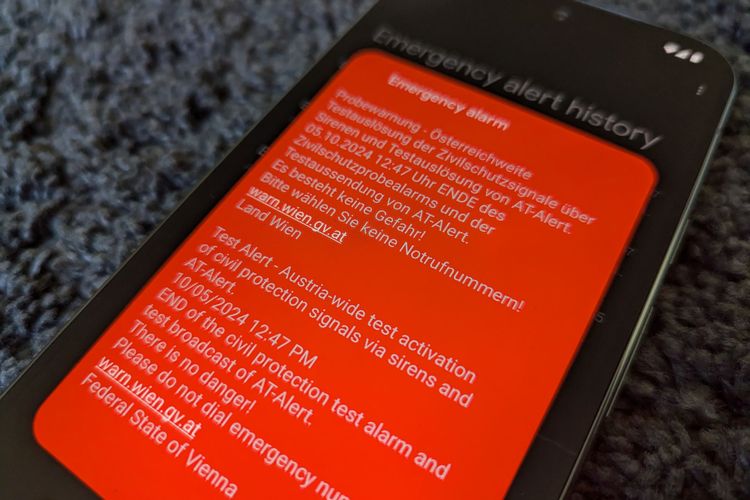
Introduction
Emergency alerts play a crucial role in public safety, providing vital information during disasters and emergencies. In a world where natural and man-made crises are increasingly common, understanding these alerts can make the difference between safety and danger. As recent events have demonstrated, timely communication can significantly affect the outcome of emergency situations.
The Role of Emergency Alerts
Emergency alerts are designed to inform the public about immediate dangers, such as weather-related threats, public health emergencies, or security concerns. Systems such as the UK’s Emergency Alerts system, which was tested nationwide in 2023, allow authorities to send messages directly to citizen’s mobile devices, alerting them to risks in their vicinity. For instance, during last summer’s wildfires in Spain, emergency alerts provided critical updates that helped thousands evacuate to safety.
Recent Developments
In October 2023, new enhancements to the emergency alert systems were announced following a series of drills and feedback sessions conducted by local governments. These enhancements aim to ensure messages are not only timely and clear but also accessible to those with disabilities. Additionally, communities are being engaged in preparations for potential crises, with workshops aimed at increasing public awareness of how to react when an alert is received.
Challenges and Solutions
Despite the effectiveness of emergency alerts, challenges remain. Miscommunication, technological failures, and public apathy can hinder their success. Additionally, misinformation can lead to panic or confusion, as seen during the COVID-19 pandemic. To combat these issues, governmental agencies are stressing the importance of educating the public about the significance of emergency alerts and how to interpret them correctly.
Conclusion
Emergency alerts are vital in providing timely information during crises, and their increasing sophistication is key to enhancing public safety. As technology evolves, so too will the systems used to disseminate these crucial messages. For readers, staying informed about the significance and functioning of emergency alerts can empower individuals to respond effectively in emergencies. Communities are encouraged to participate in local training and preparedness initiatives, ensuring that when an emergency alert is sent, the response is swift, informed, and effective.
You may also like

Tragic Incident Leaves Gardener Paralysed: A Call for Action

Curtis Sliwa: The Man Behind the Guardian Angels
